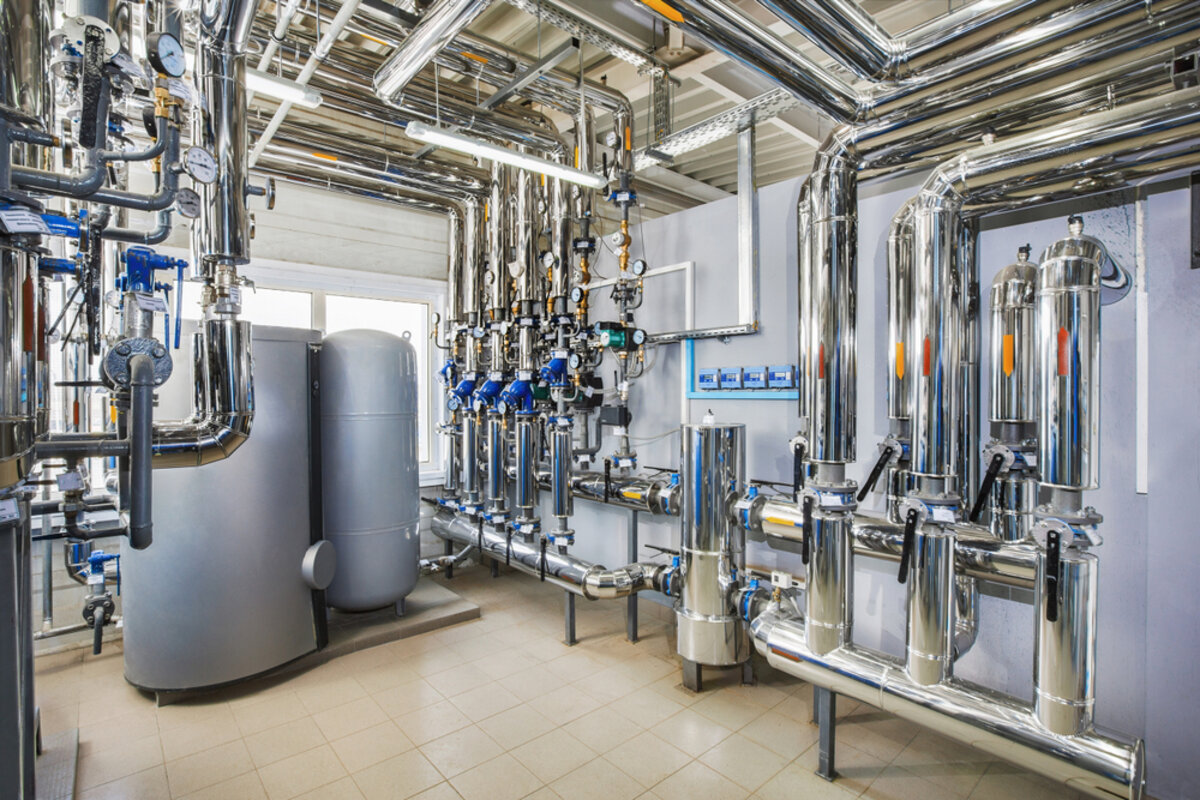Steam boilers are vital for countless systems, from industrial plants to commercial buildings, and even some homes. They’re the backbone of consistent steam production, which is critical for heating and other applications. But here’s the thing: if you don’t take care of the burner, your boiler won’t perform at its best—or worse, it could fail entirely. That’s why burner maintenance isn’t just optional; it’s essential. Let’s dive into how you can keep your steam boiler in top shape with some practical tips and insights.
Why Bother With Regular Burner Maintenance?
Skipping maintenance might seem like you’re saving time and effort, but it’s vital to steam boiler operations. A poorly maintained burner can lead to incomplete combustion, higher fuel costs, and harmful emissions. Not to mention, mechanical failures can result in expensive downtime or repairs. Regular upkeep is like giving your car an oil change—it’s all about preventing bigger problems down the road.
Steam Boiler Maintenance Checks
Here are quick, but crucial steam boiler maintenance checks that should be done:
Give It a Quick Once-Over
Start your day with a visual inspection. Check for obvious signs of trouble, like soot buildup, discoloration around the burner, or leaks. It only takes a couple of minutes but can save you from bigger headaches later.
Keep an Eye on Fuel Levels
Low fuel levels can mess with combustion by introducing air into the system. Make sure your fuel supply is steady and sufficient—it’s a simple but crucial step.
Check the Flame
This one’s easy. Take a look at the flame. It should be steady and blue. If it’s flickering or yellow, something’s off—maybe the air-fuel ratio is out of balance, or there’s a combustion issue that needs attention.
Weekly Tasks to Keep Things Running
Clean Off the Gunk
Burners aren’t fans of grime. Soot and debris can block nozzles, sensors, and igniters, messing up performance. A quick clean once a week keeps everything flowing smoothly.
Test the Safety Features
This isn’t just about convenience; it’s about safety. Test flame detectors, pressure relief valves, and limit switches to make sure they’re doing their job. Better safe than sorry.
Inspect Fuel Lines
Burner inspections, such as taking a few minutes to check the fuel lines. Look for leaks, blockages, or signs of wear and tear. Catching a small issue now can prevent a major problem later.
Monthly Maintenance Must-Dos
Fine-Tune the Air-Fuel Ratio
An unbalanced mix wastes fuel and creates more emissions. A combustion analyzer can help you dial in the perfect ratio for optimal efficiency.
Check Electrical Connections
Loose or corroded wires can cause the burner to act up—or not work at all. Go through the connections and tighten or replace anything that looks off.
Lube It Up
Moving parts like motors and dampers need some love too. Apply the right lubricant to keep everything running smoothly and reduce wear.
Seasonal Deep Dives
Take It Apart and Inspect
During off-peak seasons, plan for a full system shutdown and a detailed inspection. Disassemble the burner to check internal parts for damage, wear, or blockages.
Swap Out Old Parts
Replace anything that’s worn out—like nozzles, sensors, or gaskets. It’s better to do it now than risk a failure when you need your boiler the most.
Adjust for the Seasons
Changes in temperature or humidity can affect your boiler’s performance. Recalibrate the burner settings to match the season’s demands.
How to Spot Trouble Early
Weird Flames
If the flame doesn’t look right—think irregular shapes or odd colors—it could be a clogged nozzle or an air-fuel issue.
Strange Noises
Burners shouldn’t sound like they’re complaining. Grinding, hissing, or popping sounds usually mean something’s wrong.
Too Many Start-Stops
If your burner keeps cycling on and off, it could be a sign of faulty controls or inconsistent fuel supply.
Rising Fuel Costs
Notice a spike in fuel usage? That’s often a red flag for inefficiency caused by dirty components or combustion issues.
Tips for Long-Term Success
Keep a Log
Write down every maintenance activity—inspections, repairs, replacements, everything. It’s like a health record for your boiler and helps you track patterns or recurring issues.
Train Your Team
The more your staff knows about burner maintenance, the better. Proper training minimizes mistakes and keeps everything running smoothly.
Use Quality Parts
Don’t skimp on replacements. High-quality parts may cost a bit more upfront but save you money (and stress) in the long run.
Final Thoughts
Burner maintenance isn’t just about keeping your steam boiler running—it’s about ensuring efficiency, safety, and long-term reliability. By following this guide and staying consistent with your maintenance routine, you can avoid costly repairs and downtime. Plus, bringing in a professional for seasonal checkups or complex repairs will give you even more confidence that everything is running as it should. For more information on steam boilers, contact Lindberg Process Equipment today.





